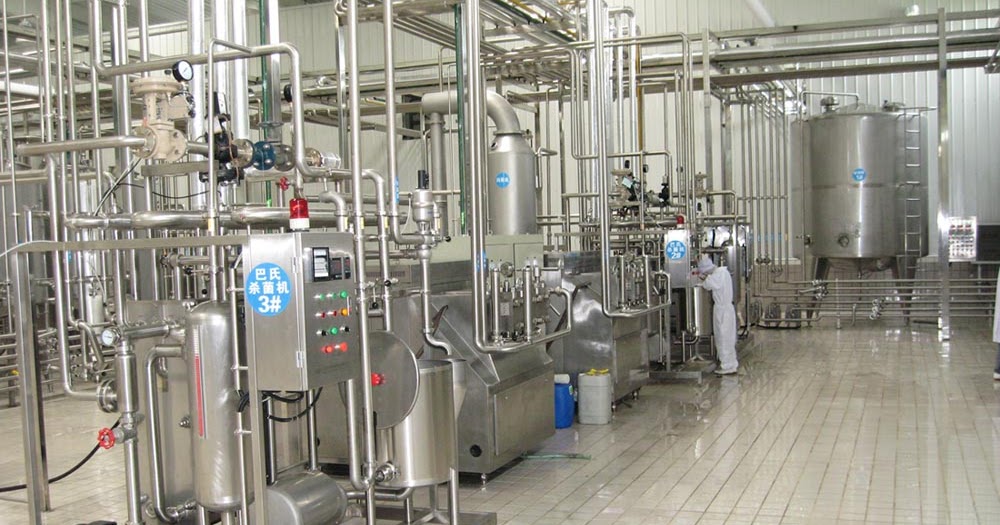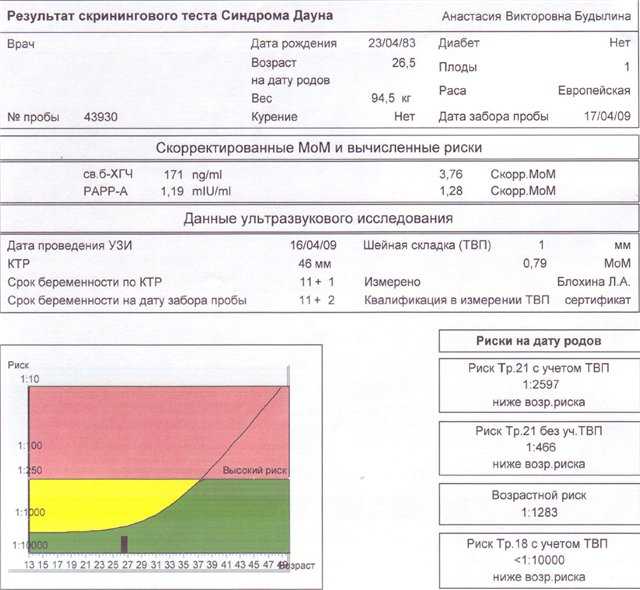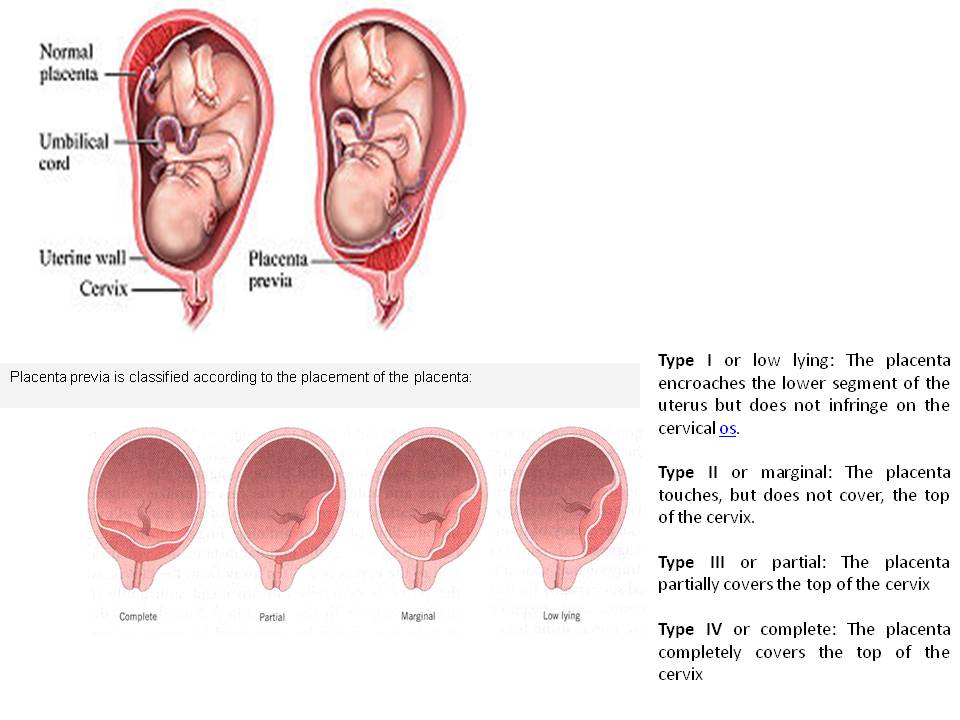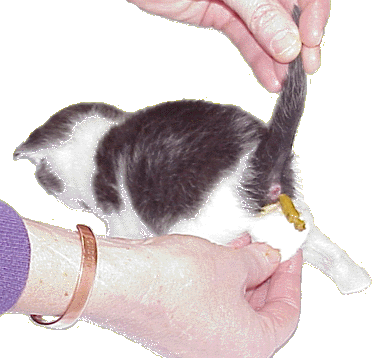Milk production after miscarriage
Women’s Physical Health After a Miscarriage
After a miscarriage, it can take time to return to your full health physically. Be kind on yourself and discuss any questions or concerns with your doctor. Medical follow-up is important to ensure that your general state of health is good and your uterus has returned to normal. This follow-up should be carried out within 6 weeks of the miscarriage by your doctor, early discharge nurse or community nurse.
Some women who experience much blood loss during miscarriage become anaemic and may require medications or dietary supplements. Antibiotics may also be prescribed following miscarriage to treat or prevent infection.
Vaginal bleeding usually continues for 7-21 days, gradually becoming lighter. It is advisable to use sanitary napkins (pads) at this time rather than tampons. If heavy bleeding occurs or if you experience strong pain, medical advice should be sought.
Your doctor or medical staff may suggest the period of time before your body will be physically ready to resume sexual intercourse. However, when you will be emotionally ready is an individual experience. Discuss your feelings with your partner so that the timing is appropriate for both of you. Concern and love for each other may be expressed in other ways until you feel you are ready for sexual intercourse.
Following late miscarriage your breasts may produce milk. Breast milk will usually not be produced if your pregnancy was less than fourteen weeks duration.
Women cannot control the hormones that stimulate the breasts to fill with milk. Full breasts may leak following an embrace, hearing the cry of a baby or even after thinking of the miscarried baby. The breasts can be very sensitive to touch and be painful and uncomfortable. Production of milk is distressing for some mothers and comforting for others. Some women feel that their milk is the last link they have to their baby.
Breast milk can be suppressed by avoiding stimulation of the breasts and wearing a firm bra taking warm showers, the application of chilled cabbage leaves and cold both day and night. Painful breasts are often relieved by compresses, and using pillows for support. Small expressions of milk may be necessary to relieve discomfort and can gradually be reduced over time. Breast milk can also be suppressed through the use of prescription drugs. Your doctor can explain the use of these medications. Tender lumps or red areas on your breasts may indicate a blocked duct; if this occurs seek medical advice through your doctor or clinic.
Painful breasts are often relieved by compresses, and using pillows for support. Small expressions of milk may be necessary to relieve discomfort and can gradually be reduced over time. Breast milk can also be suppressed through the use of prescription drugs. Your doctor can explain the use of these medications. Tender lumps or red areas on your breasts may indicate a blocked duct; if this occurs seek medical advice through your doctor or clinic.
See your doctor or go to your nearest emergency department if you are you have any concerns including:
- Bleeding becomes heavier
- You have a temperature
- You have smelly vaginal discharge
- You have increasing pain
You may also like to visit www.pregnancybirthbaby.org.au for further information
For Bereavement Support and more information contact Red Nose Grief and Loss 1300 308 307 or visit our website www.rednosegriefandloss.com.au.
Last modified: 10/10/16
Lactating Breast After Loss | Medela
Suffering through a pregnancy or newborn loss is extremely difficult. Here are some options if your body is still producing milk after a loss.
Here are some options if your body is still producing milk after a loss.
Share this content
The experience of losing a baby is something that no woman or family should ever have to go through. If you’re suffering through the pain of pregnancy loss, you’re not alone – millions of “invisible moms” have miscarried, delivered stillborn babies, or lost their baby shortly after birth. Sometimes your body doesn’t immediately recognize your loss and makes milk for a baby that isn’t there. This can cause your loss to be not only emotionally excruciating, but sometimes physically painful as well. Unfortunately, lactation after loss is a topic that healthcare providers may neglect to discuss and many women are sent home lacking important resources to manage their breast milk supply.
Whether you want to suppress your supply as soon as possible or are looking to extend this connection to your baby, do what feels right for you. Everyone grieves in a different way and there is no right or wrong way to manage your lactation.
To Reduce and Stop Your Breast Milk Supply
Keep in mind that the length of time it will take your body to stop lactating is different for everyone. Depending on how far along you were in your pregnancy, you may or may not experience milk letdown or leaking breasts after miscarriage. Your breasts may feel uncomfortably full, but this pressure should naturally lessen after not breastfeeding. To make yourself more comfortable and reduce your supply, here are some steps you can take to stop lactating:
- Avoid touching or stimulating your nipples, as this may cause your breasts to produce more milk.
- Place cold cabbage leaves on your breasts or inside your bra. Cabbage leaves have been reported to help relieve engorgement and tenderness.
- If you need to relieve pressure, stand in a hot shower and allow the water to run over your breasts. You can also sit in a warm bath and lean into the water. Both of these methods will cause milk to leak out. Allowing just a little bit of milk to flow can prevent plugged ducts and infections.

- Apply ice packs or cold compresses to your breasts to relieve swelling and pain.
Talk to your doctor about taking a pain reliever if needed.
To Donate Your Milk
Some women may experience healing through milk donation. If you are interested in milk donation, you can reach out to a milk bank near you. Your hospital or healthcare provider might also have more information about donating your milk to a local NICU or milk sharing network.
Remember: every woman experiences the grief of losing a baby differently. Take time. Be gentle with yourself. Reach out to the women around you – you’re not alone. One in four women experience miscarriage, stillbirth, or infant loss. Chances are, someone close to you knows what you are going through.
Termination of breastfeeding | Stopping breastfeeding
When is it time to stop breastfeeding and what is the best way to do it? Read our article for useful practical tips on weaning.
Share this information
How long should breastfeeding continue? Three months? Six? Year? Or maybe a few years?
The World Health Organization (WHO) and other authorities recommend that infants be exclusively breastfed for the first six months and then continue to be breastfed along with other foods (complementary foods) for at least two years. 1
1
The fact is that breast milk is not just food. It is a natural sedative if the child is anxious or tired. In addition, milk contains immune-boosting components, the amount of which increases dramatically when the baby gets sick. 2
According to anthropologists, the natural age of a person to stop breastfeeding is even more than two years. Given factors such as tooth development, body weight, comparison with other primates, and historical evidence, some scientists believe that breastfeeding may last up to two to four years. A number of researchers even believe that our ancestors breastfed children up to six or seven years of age. 3
Today, more than 60% of mothers in developed countries start giving their babies formula or complementary foods before six months of age, 4 although WHO does not recommend this.
When is it time to stop breastfeeding?
Weaning means that you gradually stop breastfeeding your baby. Ideally, the first step in this process is the gradual introduction of complementary foods, starting at about six months of age. In this case, breastfeeding continues. The weaning process continues until the mother's milk has been completely replaced by other foods and drinks.
Ideally, the first step in this process is the gradual introduction of complementary foods, starting at about six months of age. In this case, breastfeeding continues. The weaning process continues until the mother's milk has been completely replaced by other foods and drinks.
“After six months, the baby needs higher doses of certain nutrients, such as iron, zinc, vitamins B and D, that he cannot get from breast milk or from his own reserves,” says Sarah Beeson, health visitor from Great Britain.
“But solid food should at first only supplement the main diet with breast milk and gradually replace it. Mother's milk remains the main source of nutrition for the baby for many months to come.”
On average, a seven-month-old baby gets 93% of its calories from breast milk. And even between the 11th and 16th months, milk provides him with about half of the daily calorie intake. 5
“Sometimes moms think that breastmilk isn't that important once a baby has started solid foods, but the truth is, no matter how many months old a baby is, there's nothing better than your milk,” continues Sarah.
In fact, the process of finishing breastfeeding can take as long as mother and baby want. “When to stop breastfeeding is up to you,” says Sarah. The only thing that matters is what you think is right for you and your child.”
How to wean
Whenever you decide to start weaning your baby, it's best to do it gradually. An abrupt cessation of breastfeeding can lead to lactostasis, blockage of the milk ducts and mastitis, and in a child such a sudden change can adversely affect the state of the digestive and immune systems. In addition, it will be difficult for both of you psychologically.
When should I stop breastfeeding?
Sometimes mothers mistakenly believe that it is time to stop breastfeeding, when in fact there is no reason to. If you're returning to work, breastfeeding can be a great way to stay close to your baby during this difficult time for both of you. You can express milk at work, and morning and evening feeding sessions will give you the opportunity to spend time alone with your baby.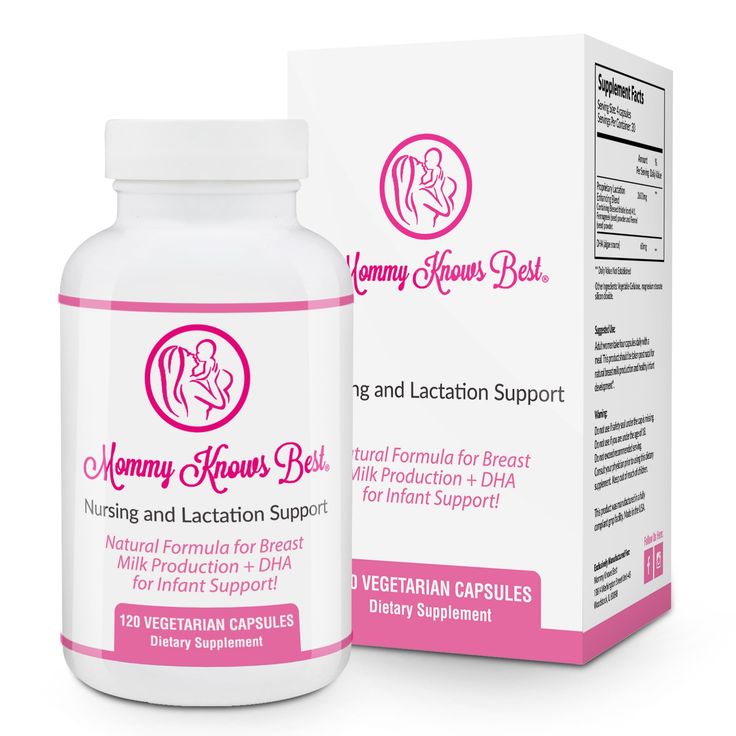 If you need to leave without your baby, you can also express milk and bring or send it home.
If you need to leave without your baby, you can also express milk and bring or send it home.
If you get sick, this is not always a reason to stop breastfeeding. Read our advice in the article on breastfeeding when sick and consult with your healthcare professional.
Weaning up to six months
If you cannot continue breastfeeding until six months and want to try weaning your baby, start by replacing one feeding a day with a bottle of formula.
“It's best to start with midday feedings. Babies are very alert and able to smell breast milk nearby, so ask your partner or relative to give your baby a bottle when you're in the other room,” Sarah advises.
“Be hygienic when preparing meals. Be prepared for the fact that the baby will take fewer servings of expressed milk per day than if he was fed directly from the breast. Don't make him eat more milk than he wants."
You will probably feel that your breasts are fuller and more tender. This is due to the fact that your body is rebuilding to produce less milk. If this creates discomfort, try expressing some milk—just enough to relieve the discomfort without stimulating extra production.
This is due to the fact that your body is rebuilding to produce less milk. If this creates discomfort, try expressing some milk—just enough to relieve the discomfort without stimulating extra production.
When your body adjusts to the new volume - usually after a few days - replace with formula for one more meal a day. Continue this until you have changed all feedings and your baby is completely weaned.
“I had complications after my first birth, as a result I lost a lot of weight very quickly, and besides, I developed mastitis. Lactation was very weak, and at three months I was forced to stop breastfeeding,” recalls Jennifer, a mother of two from the UK, “I gradually replaced one feeding, so physically it was easy, but mentally it was hard for me.”
If you want to maintain closeness with your baby and all the health benefits of breastfeeding, but still need to cut down on breastfeeding, try partial weaning, replacing only a few feeds a day with formula.
Weaning after six months
Once your baby starts eating solid foods (about six months old), you will notice that breastfeeding naturally occurs less and less.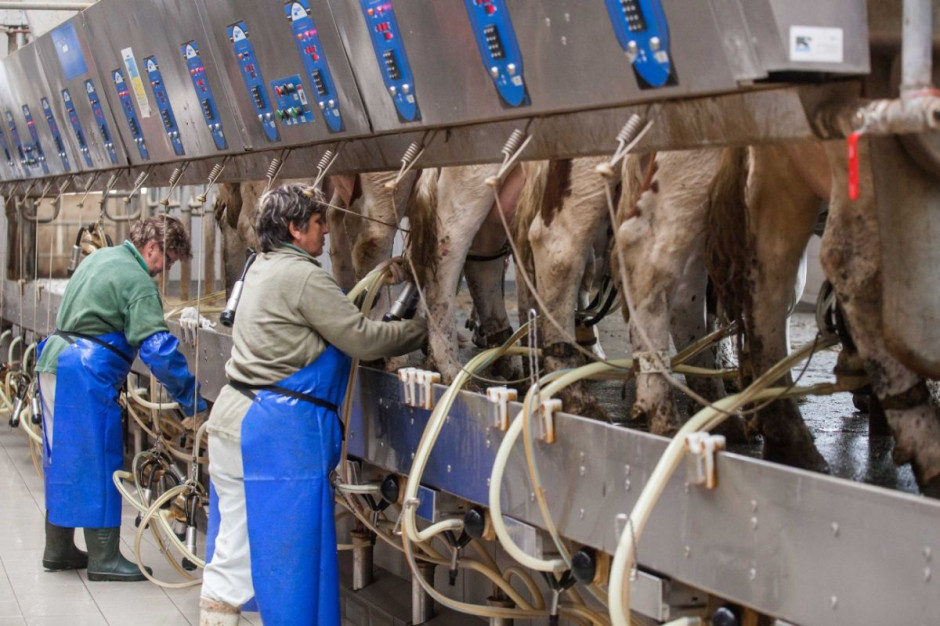 For a year, it can be reduced to just a couple of times a day, and feedings will be replaced by full meals and healthy snacks.
For a year, it can be reduced to just a couple of times a day, and feedings will be replaced by full meals and healthy snacks.
Anyway, if you intend to continue to reduce breastfeeding, do it gradually, replacing one feeding at a time. Use formula milk if your baby is under 12 months old. With cow's milk, you should wait at least up to a year.
“When I decided to wean my son, I breastfed him three times a day and gave him other foods three times plus light snacks. Gradually, I replaced all breastfeedings with formula. By 11 months, we only had one nighttime breastfeed left,” says Ruth, a UK mom.
There are various ways to distract a child from changes in his diet. Some mothers suggest that instead of breastfeeding something to drink and eat together to maintain a sense of closeness. You can also change your daily routine, play your favorite game, or replace feeding with caresses - from you or from your partner. Some children take longer to get used to the new food, but in the end everything falls into place. If you are having difficulty weaning, ask your healthcare provider for advice.
If you are having difficulty weaning, ask your healthcare provider for advice.
Ending breastfeeding naturally
Ending breastfeeding can be guided by the baby's wishes. This is called baby-initiated weaning, or the natural termination of breastfeeding. Such a process is likely to be long and gradual. Month after month, feeding sessions will become shorter and less frequent, until one day the child completely loses interest in the breast.
“My daughter stopped breastfeeding on her own when she was four years old,” says Sarah, a mother from the UK. And once, when we were on vacation, she seemed to just forget about her breasts. Now, six months later, she sometimes still asks for breasts, but she already knows that there is no milk there.
You will have a huge amount of time for the body to adapt, so there should be no discomfort or swelling of the breast. However, you may find it difficult emotionally, so spend more time petting and bonding with your baby.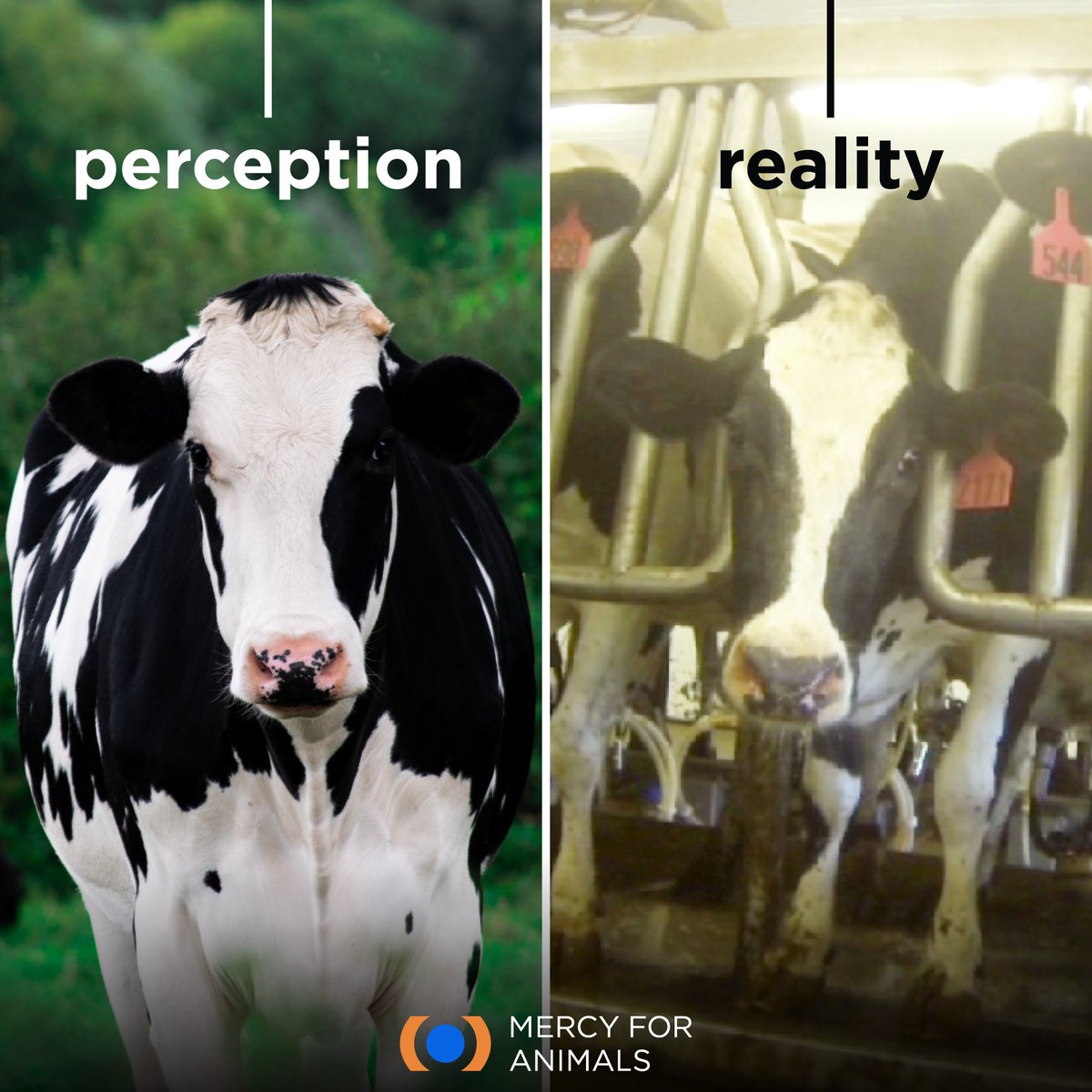
“Child-initiated termination of breastfeeding was right for me because I never gave my son formula or a bottle. I didn’t want to abruptly stop feeding and refuse him,” recalls Kelly, a mother from the UK, “He himself lost interest in breasts at the age of two and a half years. For us, it was the best scenario, although emotionally it was not very easy for me.”
What if you need to stop breastfeeding quickly?
It is best not to stop breastfeeding abruptly, but sometimes it is necessary for medical reasons or because you cannot be near the baby.
If you have been breastfeeding your baby up to this point, you will most likely have to express your milk to avoid breast swelling. Some mothers prefer to use a breast pump for this, others find it easier to express milk manually. You only need to pump a little, just to eliminate the discomfort, otherwise your body will take it as a signal to produce more milk.
At first, the breasts may swell and become tender, but this will pass. Breast milk contains a so-called feedback lactation inhibitor. When breastfeeding is stopped, this inhibitor tells your body to slow down milk production, but it can take days or even weeks for your breasts to rebuild.
Breast milk contains a so-called feedback lactation inhibitor. When breastfeeding is stopped, this inhibitor tells your body to slow down milk production, but it can take days or even weeks for your breasts to rebuild.
Certain medications can relieve pain and should be discussed with your doctor. Always follow your pharmacist's instructions or directions, and consult your healthcare professional before taking any medication.
“I had to abruptly stop breastfeeding when my daughter was eight months old because she had to take strong painkillers,” says Peggy, a mother from Switzerland. “It was very difficult because the baby was constantly looking for a breast and crying. I held her tightly to me as I gave her a bottle. This calmed her, and after a month everything was all right.
Can I continue breastfeeding if I want to get pregnant again?
Breastfeeding is a natural contraceptive. However, this method is not the most reliable, especially after six months or if you are not exclusively breastfeeding.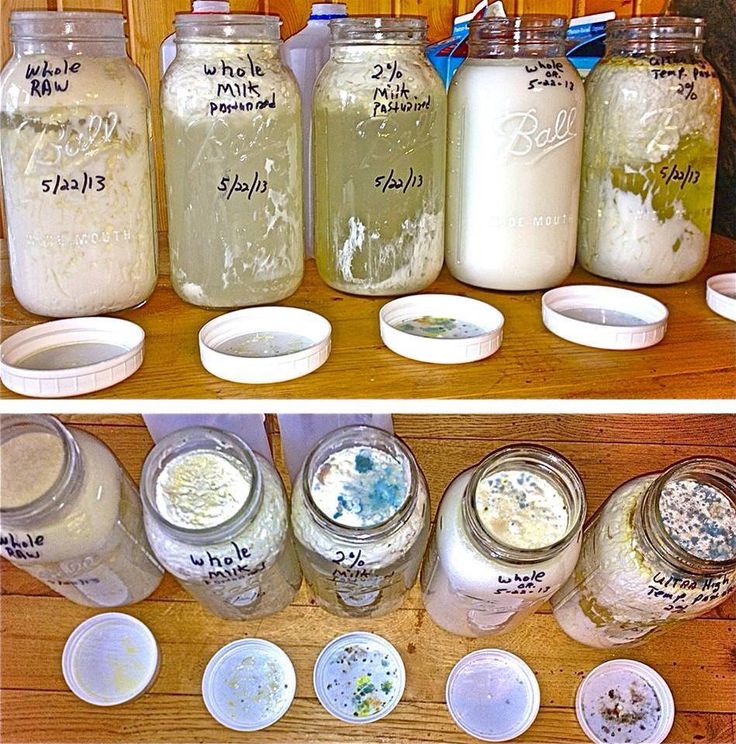 This means that you can get pregnant even while you are breastfeeding.
This means that you can get pregnant even while you are breastfeeding.
Pregnant and breastfeeding mothers sometimes receive conflicting advice about whether to stop breastfeeding. Consistent feeding of two children of different ages is of course possible, and with the advent of the second baby, your body will produce the kind of milk that both of them need.
It is not uncommon for an older child to refuse to breastfeed or skip feedings if the mother is pregnant. This may be due to changes in milk composition that occur during pregnancy. Milk can change the taste and become less sweet. 6 If your baby is under one year of age when he starts to stop breastfeeding, make sure he continues to gain weight.
Talk to your doctor if you want to continue breastfeeding during pregnancy, but have had a preterm birth or miscarriage, or have any bleeding in the past.
If you need medical help to conceive, certain drugs and procedures may not be suitable while you are breastfeeding. Discuss all possible options before deciding to stop breastfeeding.
Discuss all possible options before deciding to stop breastfeeding.
And finally...
Whenever you decide to end breastfeeding, and whatever method you choose to do so, be kind to yourself and your baby. This is a huge change for both of you physically, hormonally, and emotionally, so proceed thoughtfully and carefully.
“Although my body responded normally to stopping breastfeeding, it was psychologically difficult for me. The thing that united us for so long is over, - Jane, a mother of two children from the USA, shares her impressions, - I worked long hours, five days a week, and breastfeeding made me feel that I occupy a special place in the lives of children. But when it stopped, we soon found other ways to be together.”
Literature
1 World Health Organization. [Internet] Health Topics: Breastfeeding: 2018 [Accessed: 02/08/2018]. Available from : http://www.who.int/topics/breastfeeding/en - World Health Organization. "Health Issues: Breastfeeding" [Internet]. Geneva, Switzerland: WHO; 2018 [Visit 02/08/2018]. Article linked: http://www.who.int/topics/breastfeeding/e
"Health Issues: Breastfeeding" [Internet]. Geneva, Switzerland: WHO; 2018 [Visit 02/08/2018]. Article linked: http://www.who.int/topics/breastfeeding/e
2 Hassiotou et al. Maternal and infant infections stimulate a rapid leukocyte response in breastmilk. Clin Transl Immunology. 2013;2(4): e 3. - Hassiot F. et al., "Infectious diseases of the mother and child stimulate a rapid leukocyte reaction in breast milk." Clean Transl Immunology. 2013;2(4):e3.
3 Dettwyler KA. When to wean: biological versus cultural perspectives. Clin Obstet Gynecol . 2004; 47(3)712-723. - Dettwiler KA, "Time to wean: weaning from a biological and cultural point of view". Klin Obstet Ginekol (Clinical obstetrics and gynecology). 2004; 47(3):712-723.
4 Victora CG Breastfeeding in the 21st century: epidemiology, mechanisms, and lifelong effect. Lancet. 2016;387(10017):475-490. - Victor S.J. et al., "Breastfeeding in the 21st century: epidemiology, mechanisms and long-term effects". Lancet 2016;387(10017):475-490.
Lancet. 2016;387(10017):475-490. - Victor S.J. et al., "Breastfeeding in the 21st century: epidemiology, mechanisms and long-term effects". Lancet 2016;387(10017):475-490.
5 Dewey KG et al. Breast milk volume and composition during late lactation (7-20 months). J Pediatr Gastroenterol Nutr . 1984;3(5):713-720. — Dewey C.G. et al., "Amount and composition of breast milk in late lactation (7-20 months)". F Pediatrician Gastroenterol Nutr. 1984;3(5):713-720.
6 Prosser CG et al. Mammary gland function during gradual weaning and early gestation in women. Aust J Exp Biol Med 9021 9029 Sci. 1984;62( Pt 2):215-228. - Prosser S.G. et al., "Breast Function During Gradual Weaning and Early Gestation." Aust J Exp Biol Med Sai.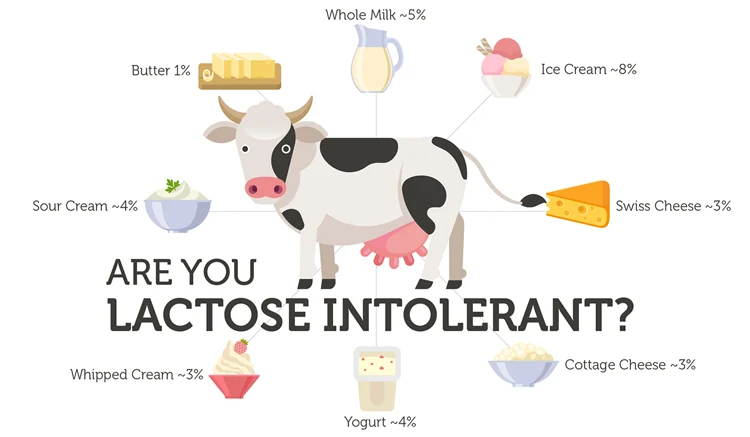 1984;62( Pt 2):215-228.
1984;62( Pt 2):215-228.
Breast engorgement: symptoms and first aid
search support iconSearch Keywords
Home ›› How to relieve the unpleasant symptoms of breast engorgement
Home ›› How to relieve the unpleasant symptoms of breast engorgement
9005 Top
One of the most common breastfeeding problems faced by mothers is breast engorgement. While occasional engorgement while breastfeeding is normal, it can be uncomfortable and lead to other problems if not addressed and dealt with. It is important for mothers to understand what breast engorgement is and how to alleviate it.
Let's look at all the important issues, including prevention, symptoms, and help with engorgement.
What is breast engorgement?
Engorgement is an increase in the size of the mammary glands, in which the breast becomes painful and sensitive. This condition is associated with increased blood flow and increased milk production, so it very often occurs during the first few days after childbirth. In addition, engorgement may develop within one to two weeks after childbirth or at any time during breastfeeding. Although this is quite normal during breastfeeding, it can be uncomfortable and sometimes lead to other complications. Therefore, the main thing is to deal with engorgement of the mammary glands immediately when it occurs.
In addition, engorgement may develop within one to two weeks after childbirth or at any time during breastfeeding. Although this is quite normal during breastfeeding, it can be uncomfortable and sometimes lead to other complications. Therefore, the main thing is to deal with engorgement of the mammary glands immediately when it occurs.
How long does engorgement last?
All women are different, and, accordingly, the duration of this condition may vary. Some experience mild symptoms for only one day, while others may experience this condition for up to two weeks.
Breast engorgement occurs for various reasons. The most common:
- Skipping a feeding or pumping session.
- Making more milk than the baby eats.
- Insufficient outflow of milk (improper latching on to the breast by the baby).
- Inflammation.
Breast engorgement symptoms
Breast engorgement symptoms vary, but the most common are:
- Breasts become hard or tight.

- Breasts become sore or warm to the touch.
- Breasts become heavy and swollen.
- Breasts become lumpy and swollen.
Although engorgement and mastitis may appear similar, they are actually completely different conditions. How can a mother determine what exactly she has: engorgement or mastitis? Mastitis is an inflammation of the breast that typically results in fever (>38.5°C) and reddening of the breast, while engorgement is the result of excessive milk production and incomplete emptying of the breast. Engorgement can lead to problems such as blockage of the milk ducts or infection of the mammary glands, so it is important to start treating engorgement at the first sign of engorgement.
Prevention of engorgement
There are several ways to prevent this condition. Prevention of breast engorgement in the first days after childbirth can be difficult as the mother's body adapts to the changes. But you can try to avoid it as follows:
But you can try to avoid it as follows:
- Check the mammary glands. Moms should schedule breast checks before the baby is born. The doctor will be able to recommend corrective measures, if needed, to make breastfeeding more comfortable, as well as explain how to distinguish engorgement from mastitis and how to relieve breast engorgement.
- After your baby is born, feed on demand or express milk regularly if you are separated from your baby. Breastfeeding mothers produce milk regularly, so it is important to breastfeed or express milk frequently. Moms should try to feed their baby at least eight times a day and make sure that their breasts are completely empty each time. If a mother is unable to breastfeed her baby, she should express milk with a breast pump.
The electronic breast pump will help you comfortably and efficiently express the right amount of milk between feedings, if necessary, or instead of feeding when the mother is away from the baby.
3. Make sure your baby is latching on correctly. To learn how to properly breastfeed a baby, a mother can seek advice from a breastfeeding specialist. Proper gripping of the breast during feeding is important for complete emptying of the breast. It also helps prevent other problems such as sore, irritated or cracked nipples.
Make sure your baby is latching on correctly. To learn how to properly breastfeed a baby, a mother can seek advice from a breastfeeding specialist. Proper gripping of the breast during feeding is important for complete emptying of the breast. It also helps prevent other problems such as sore, irritated or cracked nipples.
4. Wean the baby gradually. When it's time to stop breastfeeding, moms shouldn't do it abruptly. It is best to wean the baby gradually, gradually reducing the number of daily feedings. This will gradually slow down milk production and prevent breast engorgement.
Treating breast engorgement
Breastfeeding during engorgement is not only safe, but essential to prevent symptoms from getting worse and provide relief. While the body is learning how to produce the right amount of milk, moms can use the Philips Avent bra pads to absorb excess milk and prevent stains on clothes all day long.
Philips Avent
Philips Avent 2-in-1 thermal pads can both warm and cool your breasts to both stimulate and soothe your breasts after feeding. Mom only needs to place them in a bra for 15-30 minutes before or after feeding (depending on the desired result).
Mom only needs to place them in a bra for 15-30 minutes before or after feeding (depending on the desired result).
Philips Avent
Multifunction thermal pads
SCF258/02Overall rating / 5
- review review reviews Reviews
-
-{discount-value}
- Pictures It is important to achieve optimal outflow of milk during feedings. To stimulate the outflow of milk, during feeding, you can gently massage the breast.
- Express milk. There are situations when a nursing mother cannot be with the baby during feeding. It is important to empty your breasts by expressing milk to prevent engorgement and other problems.

- When feeding, change positions and alternate breasts. Changing your position while breastfeeding can be beneficial, as it improves the outflow of milk from different parts of the mammary glands. In addition, mothers can change their breasts during one feeding so that the baby can empty both of them.
Remember that minor pain and discomfort is completely natural during breastfeeding, but if these symptoms persist or worsen, the mother should consult a doctor.
Articles and tips from Philips Avent
Baby+ app
Download the app and track your baby's development and growth with trackers and keep those special moments forever.
Download app:
Pregnancy+ app
Download one of the world's best pregnancy tracking apps for weekly helpful information, articles and tips about pregnancy and baby development.
Download app:
You are leaving the Philips Healthcare (“Philips”) official website.